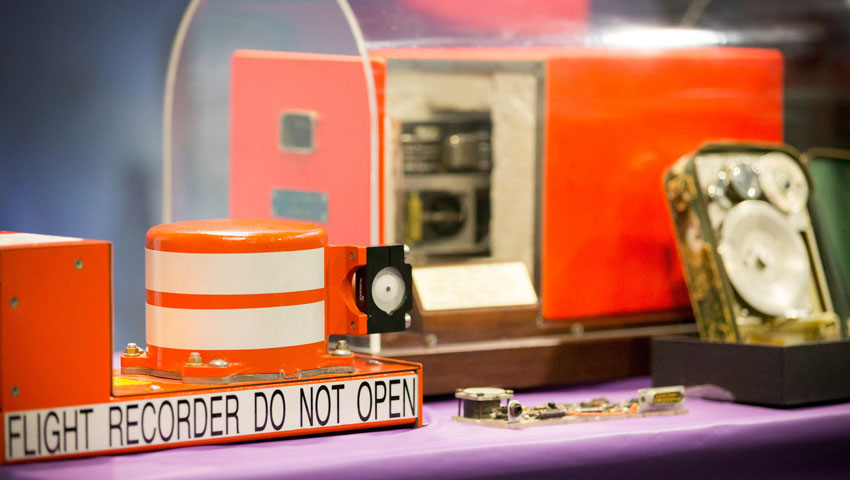The Defence Science and Technology research laboratory at Fishermans Bend, Melbourne, most famous for being the site where the Black Box flight recorder was invented by Australian scientist David Warren, has celebrated eight decades of operation.
To continue reading the rest of this article, please log in.
Create free account to get unlimited news articles and more!
Chief Defence Scientist Professor Tanya Monro congratulated the staff and alumni on the milestone and commended them for their contribution to Defence and Defence capability.
“Thanks to the research conducted out of Fishermans Bend, our soldiers are better equipped, our military platforms are better protected, and our aircraft and ships can be operated safely for longer,” Professor Monro said.
While the research conducted at Fishermans Bend now extends far beyond only aircraft, Professor Monro noted the international reputation that the site had earned for its aeronautical research.
“This site commenced its operational life as an aeronautical research facility, and to this day the aerospace research that is conducted on this site is outstanding,” Professor Monro said.
“The structural fatigue testing of military aircraft alone has earned international recognition and saved Defence many millions of dollars.”
Known as the birth place of the Black Box flight recorder, invented by David Warren in the 1950s, the Fishermans Bend site has produced innovations and scientific developments that are now known around the world.
In the 1940s and 1950s, scientists at Fishermans Bend developed Jindivik, a subsonic, uncrewed jet-propelled target plane designed to measure missile performance.
In the 1950s, Ron Cumming and Russ Baxter developed the Tee-Visual Approach Slope Indicator System, or T-VASIS, an aid for pilots in the final stages of landing.
More recently, Defence scientists at Fishermans Bend have developed a technology known as MiTE (Microbolometer Thermoelastic technology), which makes it possible to image the stress in structures.
"DST has played, and continues to play, a pivotal role in the Defence industry sector, not only at Fishermans Bend but across the country," Professor Monro said.
"Plans to transform the Fishermans Bend area into an innovation precinct would help to truly entrench the area as a Defence industry hub.
"Building on the legacy that DST has created at Fishermans Bend, this area will continue to grow as a globally competitive and highly skilled hub for defence industry that provides critical support to the Australian Defence Force and services global supply chains."

 Login
Login







